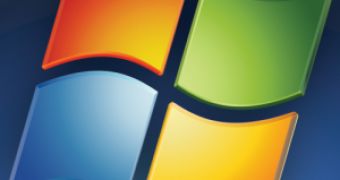When it comes down to the operating system market, Windows, Mac OS X and Linux are in a traditional three horse rage for the largest install base. So far, Microsoft has virtually owned the market, dominating with a share of over 90% with the Windows platform, Apple is runner up with Mac OS X at about 5-6%, and Linux is the undisputed underdog with percentages varying in accordance with different reports from under 1% (Net Application) to almost 2% (W3Counter). At the same time, a survey, put together by the Linux Foundation, comes to underline a strong growth in popularity for the open source platform, even with the advent of Windows Vista and Mac OS X 10.5 Tiger.
The Linux Foundation survey highlights the options of no less than 20,000 participants, mainly representatives of organizations in the small business sector. According to the survey, Windows and Linux are in fact dividing the operating system market in almost equal shares. 57.5% of respondents did reveal that they were running Windows on their desktops/clients, with a staggering 40.6% pointing to Linux as their operating system of choice. Such percentages are nothing but a dream come true for the open source community, but in the real world things are a tad different.
The survey also points out that while 53.3% of participants use Linux on development desktops, with 39.2% in departmental servers, 38.1% in enterprise server and 55.2% in web servers (yes, it is more than 100% - which means that the respondents have integrated the open source operating system into more than one aspect of their IT infrastructure), another 66.1% are using it on client desktops. Now, if Linux would indeed manage to win client desktops from Microsoft, then that would be a real victory. The open source operating system has already had a strong momentum on the server side, although the launch of Windows Server 2008 is bound to produce quite an impact.
But at the same time, 20,000 respondents of the Linux Foundation's 2007 survey fail to paint an accurate overall picture. I am not disputing in any manner the fact that there are companies, especially in the small business sector, that have leveraged the advantages Linux has to offer to a great extent, migrating a consistent part of their infrastructure away from Windows. But, what I am saying is that these are rather isolated cases, nothing more than 20,000 exceptions that confirm the general rule of Windows' dominance.

 14 DAY TRIAL //
14 DAY TRIAL //